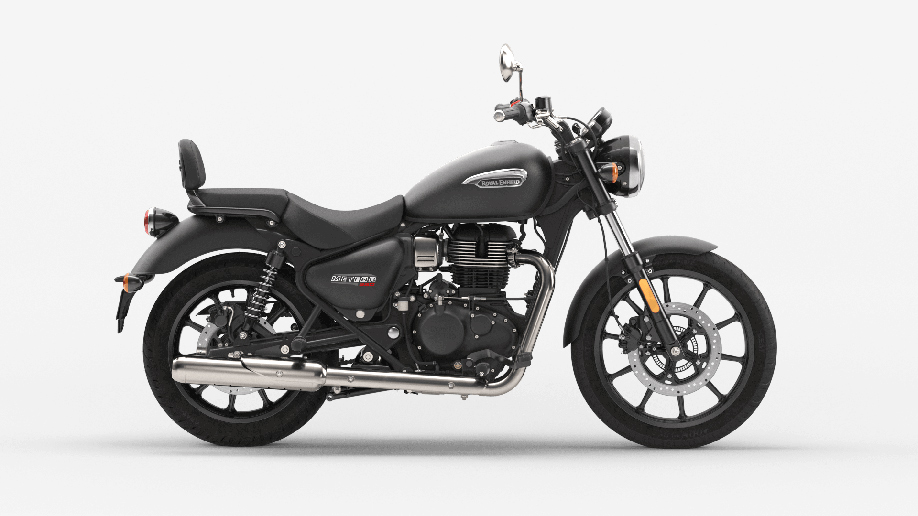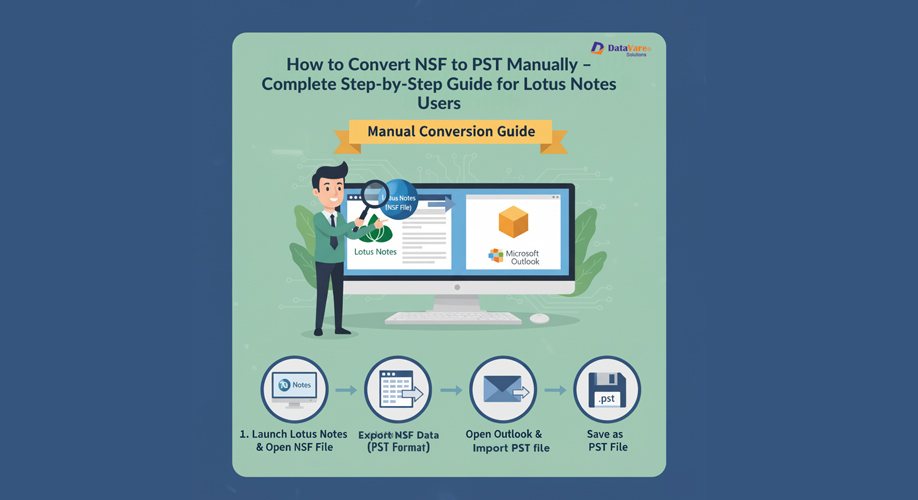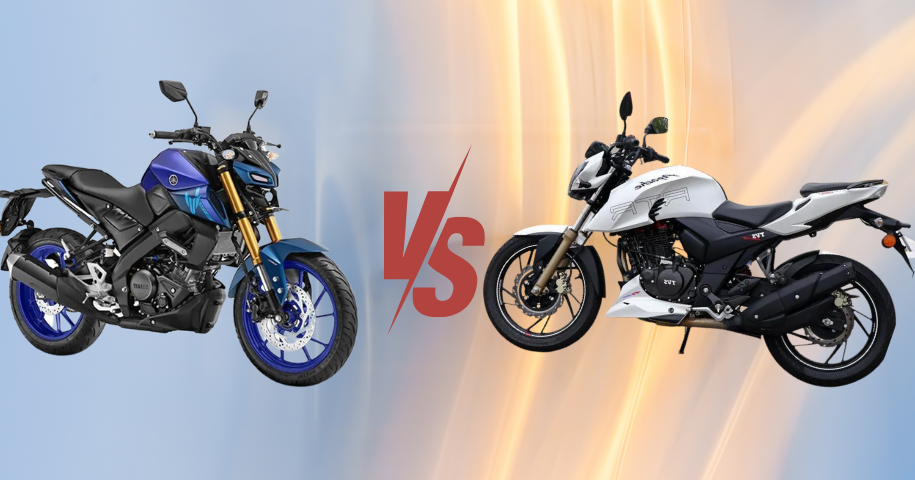As you might be aware, the Yamaha MT 15 V2 belongs to the 150cc segment, while the TVS Apache RTR 200 4V belongs to the 200cc segment. Yes, they both are from different segments and have different prices. But surprisingly, the Yamaha bike is more expensive than the indigenous 200cc bike. The Yamaha MT 15 V2 price starts from Rs 1.64 lakh, while the Apache RTR 200 4V price starts from Rs 1.42 lakh. All are ex-showroom figures.
Furthermore, TVS bikes are relatively more affordable than Yamaha bikes, albeit the Japanese two-wheeler manufacturer rolls out their made-in-India bikes.
So, let’s see how these two bikes are different from each other in terms of features and specifications. Let’s read on, then.
Specifications: Engine, Transmission and Chassis
Before getting into the figures, let’s start with the underpinnings of these two bikes. The Yamaha MT 15 V2 is structured on Yamaha’s in-house-designed Deltabox, which is robust and lightweight. On the other hand, the indigenous two-wheeler manufacturer, TVS used a double cradle split synchro stiff frame to build the Apache RTR 200 4V. Like the MT 15 V2, the Apache RTR 200 4V also boasts performance-oriented characteristics.
The TVS Apache RTR 200 4V’s chassis is designed to carry a 197.75cc, single-cylinder, oil-cooled engine, which is tuned to churn out 20.54 bhp at 9000 rpm and 17.25 Nm of peak torque at 7250 rpm. The Apache RTR 200 4V’s price is on the lower side, and at this price, its power output is very impressive. It is mated to a five-speed manual transmission.
This homegrown bike has a top speed of 127 km/h.
On the other hand, the Yamaha MT 15 V2 is powered by a 155cc, single-cylinder, liquid-cooled engine, which is tuned to pump out 18.1 bhp at 10,000 rpm and 14.1 Nm of peak torque at 7500 rpm. It makes its rear wheel spin via a standard six-speed manual transmission.
Both bikes have the same type of clutch, which is the wet multiplate clutch with assist and slipper clutch.
Unlike the Apache RTR 200 4V, the Yamaha MT 15 V2 has a top speed of 130 km/h.
Moreover, you can check out the full list of Yamaha bikes, if you have a soft spot for Japanese engineering.
As far as fuel efficiency is concerned, the TVS Apache RTR 200 4V’s mileage is rated at 39 km/l, while the Yamaha MT 15 V2’s mileage is rated at 47 km/l. Please note that these are real-world mileage figures and are as per the feedback from the owners. However, it is worth mentioning that mileage figures can vary with the engine and transmission combination, the local traffic conditions and individuals’ riding styles.
But, it was expected that the Yamaha might give better mileage than the RTR 200 4V, as it has less power. As you may know, an engine with decent power output will offer more mileage than an engine with more power output. Check out the MT 15 V2 price on the autoX website.
Let’s now keep their engine outputs aside and move on to their suspension arrangements. The Yamaha MT 15 V2 stands on an upside-down fork at the front, coupled with a linked-type monocross suspension at the rear. On the flip side, the TVS Apache RTR 200 4V stands on a telescopic fork with the pre-load adjuster at the front and a monotube shock absorber at the rear.
Considering the 200 4V’s price, it has an impressive specifications.
Both bikes have a track-focused suspension setup. That said, track-focused suspension setups are usually stiff as they offer more stability around the corners and that too, at high speeds. Moreover, you may feel bumps, if you go over the potholes because a stiff suspension doesn’t absorb bumps easily as how a soft suspension does.
Besides that, the braking duties on these two bikes are taken care of by dual-disc brakes. As for the Yamaha MT 15 V2, its front disc brake size is rated at 282mm, while the rear disc brake size is rated at 220mm. On the flip side, the TVS Apache RTR 200 4V’s front disc brake size is 270mm, while its rear disc brake size is 240mm.
One thing is for sure both bikes will offer impressive braking performances, as the sizes of their disc brakes are big. For added safety, both track-focused bikes have a dual-channel ABS, which is extremely useful while cornering at high speeds. Plus, it provides more stability on wet roads.
Moreover, the Yamaha MT 15 V2 has wider tyres than the TVS Apache RTR 200 4V. The former’s tyre profile is rated at 100/80 R17 and 140/70 R17 at the front and rear, respectively. In contrast, the Apache RTR 200 4V has a tyre profile of 90/90 R17 at the front and 130/70 R17 at the rear.
Features
In terms of features, both bikes are on par. Let’s start with the common offerings. Both have a fully digital instrument cluster, a digital fuel gauge, a low fuel indicator, a low oil indicator, and a digital clock. Further, they both have mobile app connectivity, LED DRLs, automatic headlights, shift lights and LED lights (front and rear). They also have an electric start, a pass light, a killswitch, and a pillion seat with footrests and grabrails.
Prices and Variants
The Japanese two-wheeler manufacturer offers the MT 15 V2 in two variants. As for the Yamaha MT 15 V2 price, it starts at Rs 1.65 lakh for the standard variant (STD) and goes up to Rs 1.69 lakh for the Deluxe variant.
On the other hand, the 200cc homegrown naked bike also has two variants. The starting price of the TVS Apache RTR 200 4V is Rs 1.41 lakh for the Single-Channel ABS, and it goes up to Rs 1.47 lakh for the Dual-Channel ABS.
All are ex-showroom prices in Delhi, as of July 2023. Please note that these prices are subject to change without any prior notice to the customer. You can, however, visit the autoX website to access the latest location-based price list for your dream vehicle. For more, visit our website or connect with us on Facebook, Twitter, LinkedIn, Instagram, and YouTube. So, stay tuned!

















Add Comment